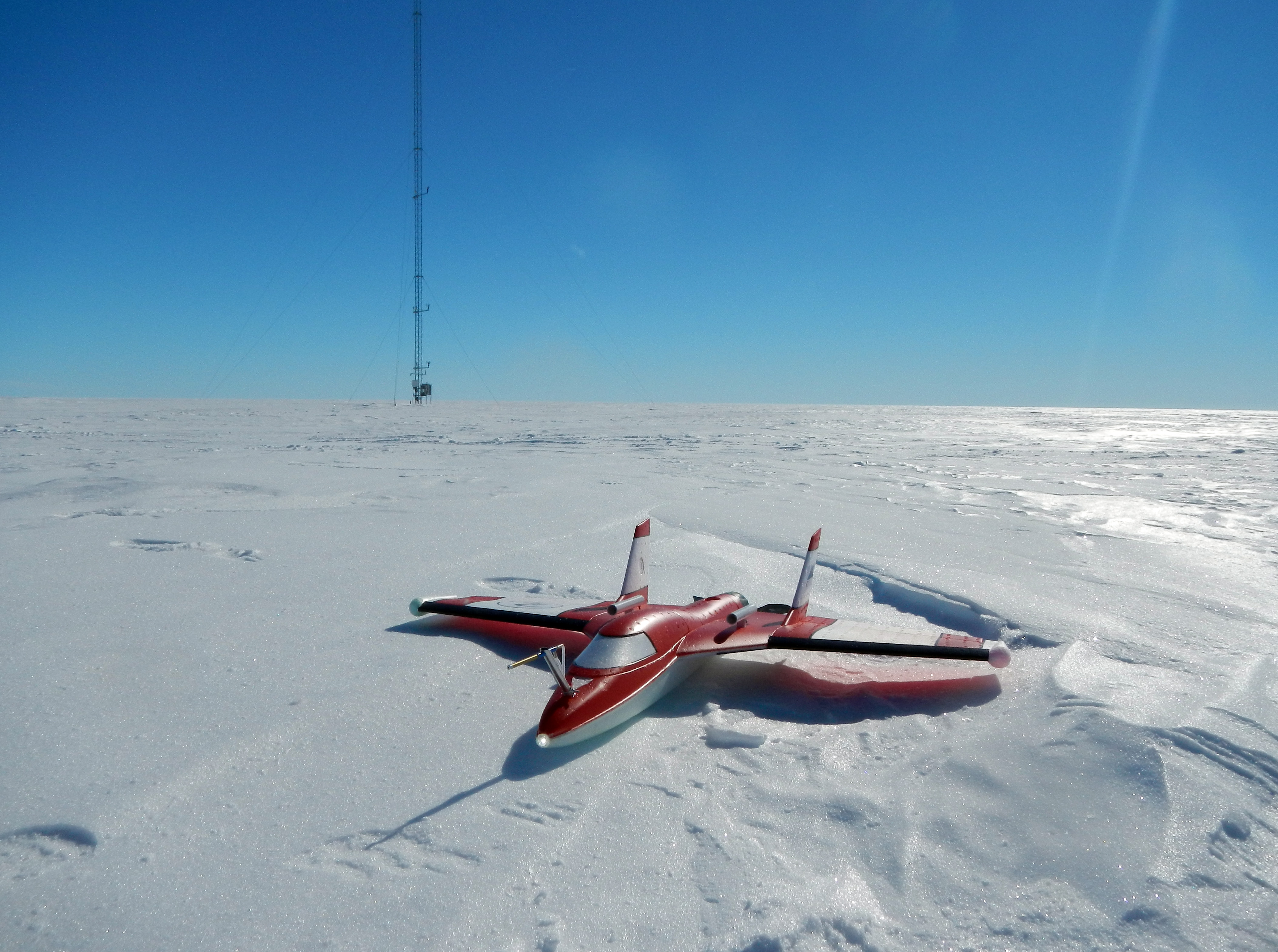John J. Cassano

Ph.D. Atmospheric Sciences,
University of Wyoming, 1998
Associate Professor
Department of Atmospheric and Oceanic Sciences (ATOC)
E-mail: john.cassano@colorado.edu
Office: Ekeley S331
Phone: 303-492-2221
Web: http://cires.colorado.edu/~cassano/
Cassano Research Group
Research Interests
Cassano’s research involves the study of the meteorology and climate of both polar regions using regional climate models and numerical weather prediction models, in-situ and remotely sensed observations, and various data analysis techniques. His main areas of active research include regional climate modeling and model development, analysis of coupled climate system components, and numerical weather prediction.
Current Research: Observing the Antarctic atmosphere with unmanned aerial vehicles (UAVs)
The Cassano research group has been using UAVs to study the Antarctic atmosphere since 2009. In 2009 and 2012, we flew relatively large (15 kilograms) Aerosonde UAVs to study air-sea coupling at Terra Nova Bay in the western Ross Sea, making the first in-situ wintertime measurements in this climatically important area. These UAVs allowed us to conduct missions of up to 19-hours duration that covered 1,000-plus kilometers but required a six-person field team of engineers, pilots, and scientists and a dedicated runway for the UAV flight operations.
Starting in 2012, the Cassano research group began experimenting with a small and inexpensive UAV known as the small unmanned meteorological observer (SUMO) (see photo). This UAV is based on a commercially available model-remote-control airplane, weighs less than 0.6 kilograms, and has a wingspan of 0.8 meter. Unlike the larger Aerosonde UAVs, this UAV can be operated by a field team of just two scientists and requires no dedicated facilities other than a laptop computer and a power supply to charge the UAV batteries, making it ideal for use at remote field camps.

Small unmanned meteorological observer and the 30-meter tall tower automatic weather station on the Ross Ice Shelf, Antarctica. Photo credit: John Cassano/CIRES/CU-Boulder
In January 2014, John Cassano and a postdoctoral researcher in his group, Melissa Nigro, spent two weeks making atmospheric boundary layer observations with SUMO UAVs at a remote field camp on the Ross Ice Shelf. The data collected during this field campaign were among the first in-situ atmospheric profiles ever collected over the Ross Ice Shelf, providing us with new insights into the behavior of the atmosphere and its coupling to the ice sheet surface. We conducted SUMO flights as often as hourly to document the time evolution of the boundary layer. My group is using these data to determine the physical processes responsible for boundary layer evolution, estimate the amount of heat exchanged between the atmosphere and the ice sheet surface, and evaluate forecasts from numerical weather prediction models. During this field campaign, Cassano maintained a very popular blog on the CIRES website (http://cires.colorado.edu/blogs/antarcticuavs/) that described life and science in Antarctica.

